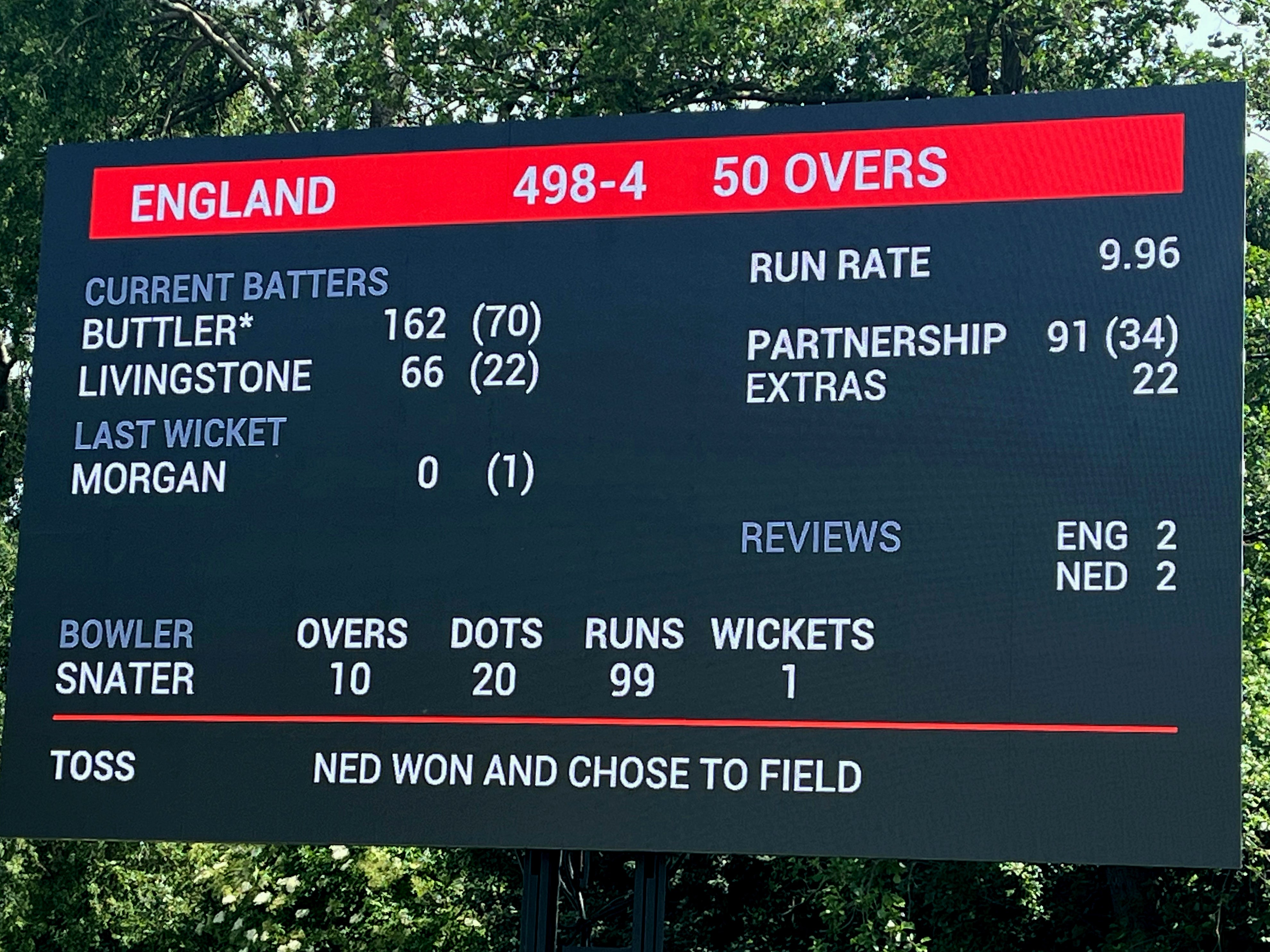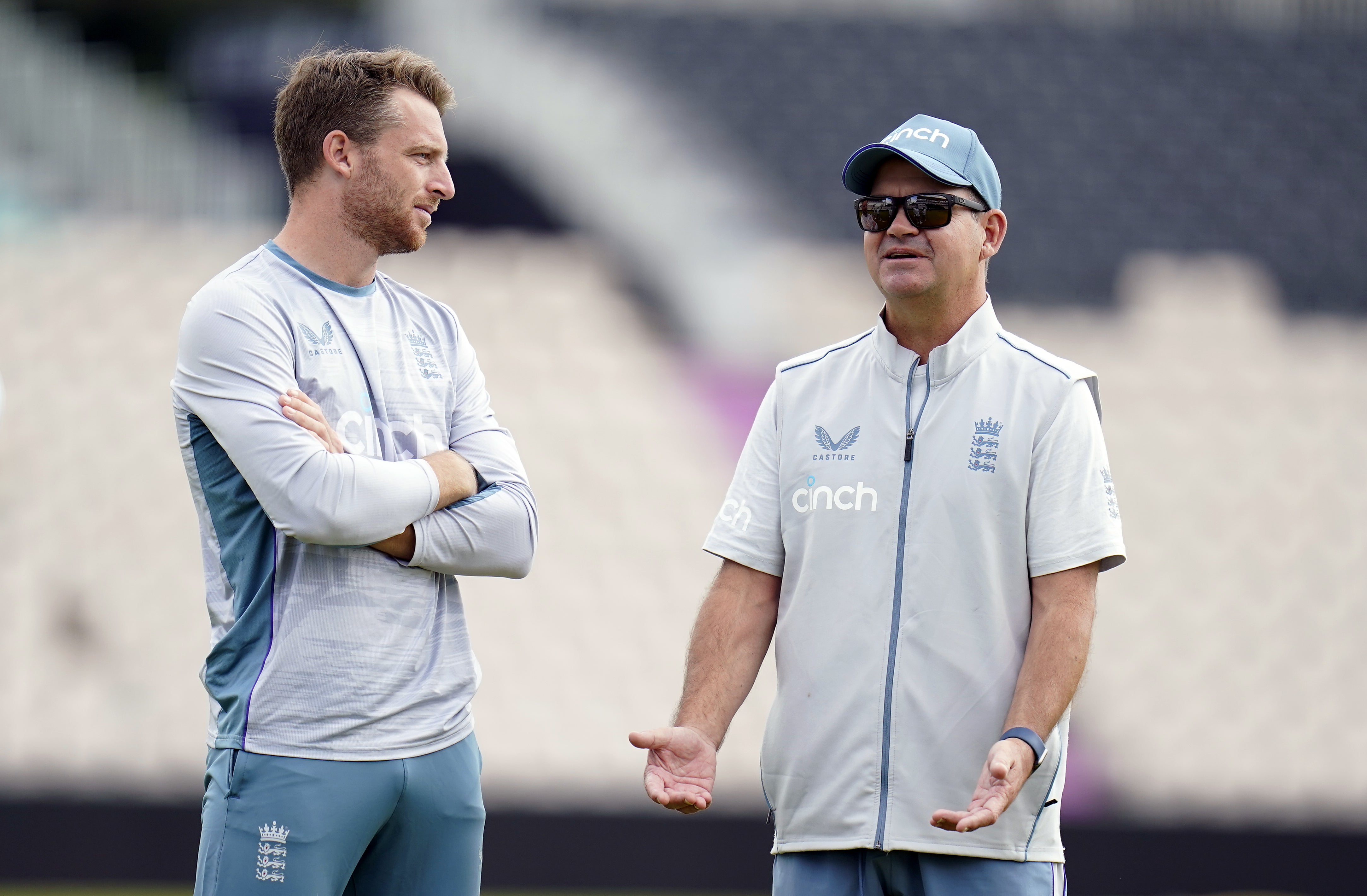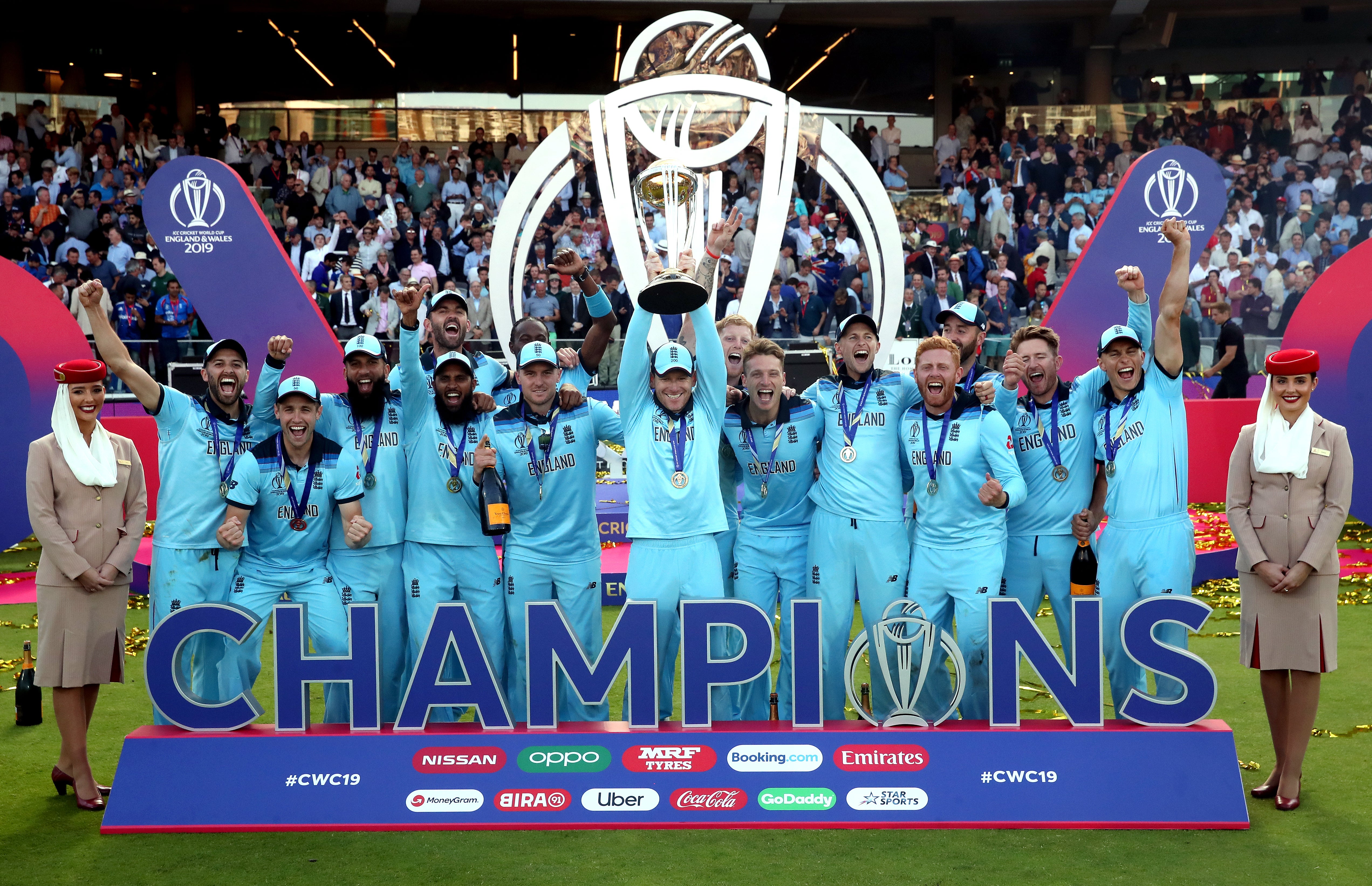As Ben Stokes retires from ODIs, how much cricket is too much cricket?
Stokes’ retirement from one-day internationals has prompted scrutiny of cricketers’ workloads

Your support helps us to tell the story
From reproductive rights to climate change to Big Tech, The Independent is on the ground when the story is developing. Whether it's investigating the financials of Elon Musk's pro-Trump PAC or producing our latest documentary, 'The A Word', which shines a light on the American women fighting for reproductive rights, we know how important it is to parse out the facts from the messaging.
At such a critical moment in US history, we need reporters on the ground. Your donation allows us to keep sending journalists to speak to both sides of the story.
The Independent is trusted by Americans across the entire political spectrum. And unlike many other quality news outlets, we choose not to lock Americans out of our reporting and analysis with paywalls. We believe quality journalism should be available to everyone, paid for by those who can afford it.
Your support makes all the difference.Ben Stokes’ one-day international retirement has brought heightened scrutiny on a fixture programme which has been termed “unsustainable” by the England Test captain.
England’s Test captain has called time on the 50-over game at the age of 31 and just three years after playing a starring role in his country’s 2019 World Cup final success.
Since that historic moment, Stokes has played just nine more times in the 50-over format due to injuries, a mental health break and workload management.
Here, we assess England’s workloads as Stokes prepares to bring the curtain down on an ODI career in which he memorably inspired his side to victory in the 2019 World Cup final.
How does England’s workload compare to other nations?

Consider this: Joe Root made his international debut two years after Kane Williamson but has already played more Tests (121 to 88) and ODIs (156 to 151) than the New Zealand captain. Since the start of 2017, England have had 498 scheduled days of cricket, which puts them ahead of India in second place on 472. Australia are languishing more than 100 days behind England on 387. That is a seismic difference.
What is different this year to other years?

A knock-on consequence of the Covid-19 pandemic has led to a backlog of fixtures. A three-match ODI series in the Netherlands was originally pencilled in for 2020 but had to be shoehorned in between the second and third Tests against New Zealand last month. India also had to play their rescheduled Test this month to satisfy demand after last year baulking at playing the final match due to Covid concerns.
So how much cricket are England actually playing?

This month alone, England are in action on 17 days. That is without factoring in training or travel. White-ball coach Matthew Mott described Jos Buttler’s introduction to the captaincy as a “baptism of fire” amid a programme of 12 fixtures in 25 days this month against India and South Africa. From June 2 to July 3, their schedule reads four Tests, nine ODIs and six T20s. That is excessive.
Is any change on the horizon?

The advent of Twenty20 and the format’s subsequent rise has lengthened bilateral series in recent times while the proliferation of global tournaments and franchise leagues is close to saturating the market. Cricket chiefs might seem well intentioned but may be guided by the vast sums on offer from broadcasters, which demand more not fewer matches. The International Cricket Council is due to announce its next future tours programme and the signs point to another heavy load for England’s cricketers.
So what can be done?

Stokes’ decision might just be the first domino in a chain reaction although there is little evidence to suggest this is the case. If the cream of the crop do start walking away from certain formats to extend their careers, will this convince the International Cricket Council, members boards and broadcasters into rethinking their calendars? England are scheduled to visit Pakistan twice, plus Australia, New Zealand, South Africa and Bangladesh this winter. Something has to give.
Join our commenting forum
Join thought-provoking conversations, follow other Independent readers and see their replies
Comments